Don't Let Disco
Don’t Let Disco transforms vintage finds, reclaimed materials, and handcrafted beads into wearable tales.
From intimate beading bars to sustainable, one-of-a-kind creations, founder Ashley Moubayed delves into the heart of a brand that celebrates connection, creativity, and the art of preserving meaningful objects.
Interview EMILY PETRUCCIONE
Introduction NICOLE GAVRILLES
BEGINNINGS & BRAND DEVELOPMENT
Don’t Let Disco was founded in 2021. Can you share the story of how it began and what inspired its name and ethos?
Don’t Let Disco began as a deeply personal response to my love of collecting, memory, and the fleeting magic of objects that tell stories. I grew up surrounded by relatives who collected everything—from stamps and coins to religious artifacts and antique jewelry—so I developed an early fascination with objects that hold history and character. The name Don’t Let Disco is a playful pun on “don’t let this go,” which actually came from an Instagram diary I started to reflect on holding tight to meaningful moments. “Disco” also nods to the lively, creative spirit of the 1970s—a blend of nostalgia, connection, and artistry that really captures the essence of what I do.
How did you discover your design voice and the playful, memory-focused language the brand is known for today?
The brand’s playful, memory-driven language comes directly from my lifelong love of beads, collecting, and storytelling. I often work with found and upcycled materials that already have rich histories—like vintage Pucci silk or antique African resin beads. I love that each piece carries a sense of humor and nostalgia, inviting whoever wears it to become part of the story behind every bead and charm.
Looking back, were there any pivotal moments or pieces that helped define Don’t Let Disco’s identity in its early days?
A real turning point for me was showing at New York Fashion Week, where I paired the collection with a hands-on beading bar. Inviting guests to create their own pieces—to literally thread their memories into wearable art—felt like such an authentic extension of what Don’t Let Disco stands for. Those early moments, from custom orders for friends to pop-ups where I met collectors face-to-face, really shaped the brand’s community-driven evolution.
DESIGN & CREATIVE PROCESS
What does your design process look like from concept to completion, and how often do designs evolve as you make them?
My design process is very intuitive—I like to say I let the beads tell me where they want to go. There’s always a dialogue between texture, color, and material, and I try to let each piece evolve naturally rather than forcing it from a sketch. Every work is one-of-a-kind, balancing what I call “magic and logic,” and I always leave space for surprise and evolution right up until the moment it’s finished.
You source globally crafted beads—often upcycled, natural, or found. How do you discover and select materials?
Over the years, I’ve built a network for sourcing materials that spans auction houses, vintage dealers, and small-batch artisans around the world. I’m constantly searching for beads with unique provenance—like hand-painted porcelain from Detroit or rare glass from Venice—and I love reclaiming materials from unexpected places, including unsellable jewelry stock from The RealReal.
You incorporate hand-beaded tassels and totems from vintage and reclaimed materials. How do you give these objects new life, and where do you go about finding them?
Each component is carefully cleaned, re-strung, and reimagined. I’ll bathe and polish vintage objects, repurpose antique textiles into necklace cords, and build found elements into new forms. I often discover materials through estate sales, travel, and collaborations with other creatives who share my reverence for objects with history and soul.
In designing your latest collection, The Art of Connection, how did you layer meaning, storytelling, and ritual into pieces people can wear and interact with? Is there a piece you feel best represents Don’t Let Disco’s identity today?
For me, The Art of Connection is about inviting conversation—between eras, materials, and the wearer’s own memories. Each necklace or bracelet becomes a tactile scrapbook, layered with disparate beads: some hundreds of years old, others newly hand-carved. My signature totem necklaces, like the Pico and Terra totems, embody that layered approach—they’re meant to spark interaction, reflection, and a sense of continuity between past and present.
“For me, jewelry becomes more than adornment; it’s a vessel for memory and personal storytelling.”
CONNECTION, MEMORY & COMMUNITY
The ethos of “don’t let this go” feels like both a sentiment and a statement. How does it guide your design?
This ethos infuses every piece I create with meaning—a commitment to preservation, reinvention, and celebrating the moments and materials that might otherwise be forgotten. For me, jewelry becomes more than adornment; it’s a vessel for memory and personal storytelling.
Your Beading Bars invite guests to co-create pieces—a fun way of bringing people together. How did the concept come about, and what should attendees expect?
The idea for Beading Bars began as a way to demystify my process and invite the community into the joy of making. I wanted people to experience that same tactile satisfaction of choosing, stringing, and designing their own pieces using beads that carry stories from around the world. Each event feels like a mix between a studio and a gathering—guests get guidance from our “bead-tenders,” but the real magic comes from the shared creativity and conversation that unfold as people work with their hands.
How have you found these gatherings fostering connection—both to materials and to community?
These experiences create space for genuine connection. I’ve watched strangers bond over a single bead, trading stories about where they’re from or what a certain color reminds them of. That collaborative, playful spirit is at the heart of Don’t Let Disco—it’s about turning craft into shared memory and rekindling appreciation for the art of adornment.
The aprons worn by your bead-tenders reference wrought iron railings in Bed-Stuy. How does everyday life or environment inspire your designs?
My everyday life in Bed-Stuy deeply informs both the visual language and the ethos of the brand. The decorative ironwork on brownstones, the layered textures, the rhythms of the neighborhood—they all find their way into my work. Those small details ground Don’t Let Disco in its surroundings, linking modern craft to the history, energy, and stories that live in the city’s streets.
“Each necklace or bracelet becomes a tactile scrapbook, layered with disparate beads: some hundreds of years old, others newly hand-carved.”
SUSTAINABILITY & INTENTION
The brand reimagines sustainability through transformation and storytelling. How do you define sustainability in your current practices?
For me, sustainability is about giving new life to old materials, working in small batches, and creating each piece with clear provenance and intention. Transformation is at the core of Don’t Let Disco—I’ve always believed that true luxury comes from considered care, not just rarity. Every necklace or bracelet is cataloged like a work of art, encouraging the wearer to treat it as something to be cherished and cared for over time.
You work in small batches and create one-of-a-kind pieces. How does this slower pace influence creativity?
Working slowly is essential to my process. It gives me space to play, experiment, and truly connect with the materials. That unhurried pace lets stories surface naturally, allows pieces to evolve, and ensures that the final work feels deeply personal—never mass-produced.
How do you communicate the value of craft, rarity, and story in a fast-moving, mass-production world?
By inviting people into the process—whether through beading events, personal storytelling, digitally cataloged pieces, or one-on-one commissions—I aim to redefine what luxury can mean. For me, craft and narrative are their own form of luxury, a counterpoint to the culture of disposability. The real value lies in the connection: to the piece, to the craft, and to the memories it carries forward.
LOOKING FORWARD
Is there a material, form, or collaboration you’re eager to explore next?
Looking ahead, I’m excited to keep exploring rare and experimental materials, collaborate more deeply with global artists and craftspeople, and find new ways to blend reclaimed luxury objects with contemporary design.
What do you hope Don’t Let Disco contributes to the dialogue between art, design, and sustainability?
My vision is to continue championing a slower, story-driven approach to luxury—one that celebrates preservation, connection, and the beauty in what might otherwise be overlooked. I want people to see sustainability not as a limitation, but as a joyful act of reinvention and creativity.
Congratulations on being named one of the finalists for the 2025 CFDA/Vogue Fashion Fund! How does this recognition reflect the brand today, and what does it mean for the future?
Being named a finalist feels like such an affirmation that Don’t Let Disco’s focus on handcraft, memory, and storytelling truly resonates in the landscape of modern luxury. It’s both a recognition of what I’ve built so far and a launchpad for what’s next—a chance to expand our reach, connect with new audiences, and continue building a community of collectors who value story, craft, and thoughtful creation.
Founded in 2021 by Ashley Moubayed, Don't Let Disco reimagines connection and nostalgia through an art historical perspective, elevating the humble bead to the realm of fine jewelry.
For more information about Don’t Let Disco and their beading bars, visit their website.
YOU MIGHT ALSO LIKE

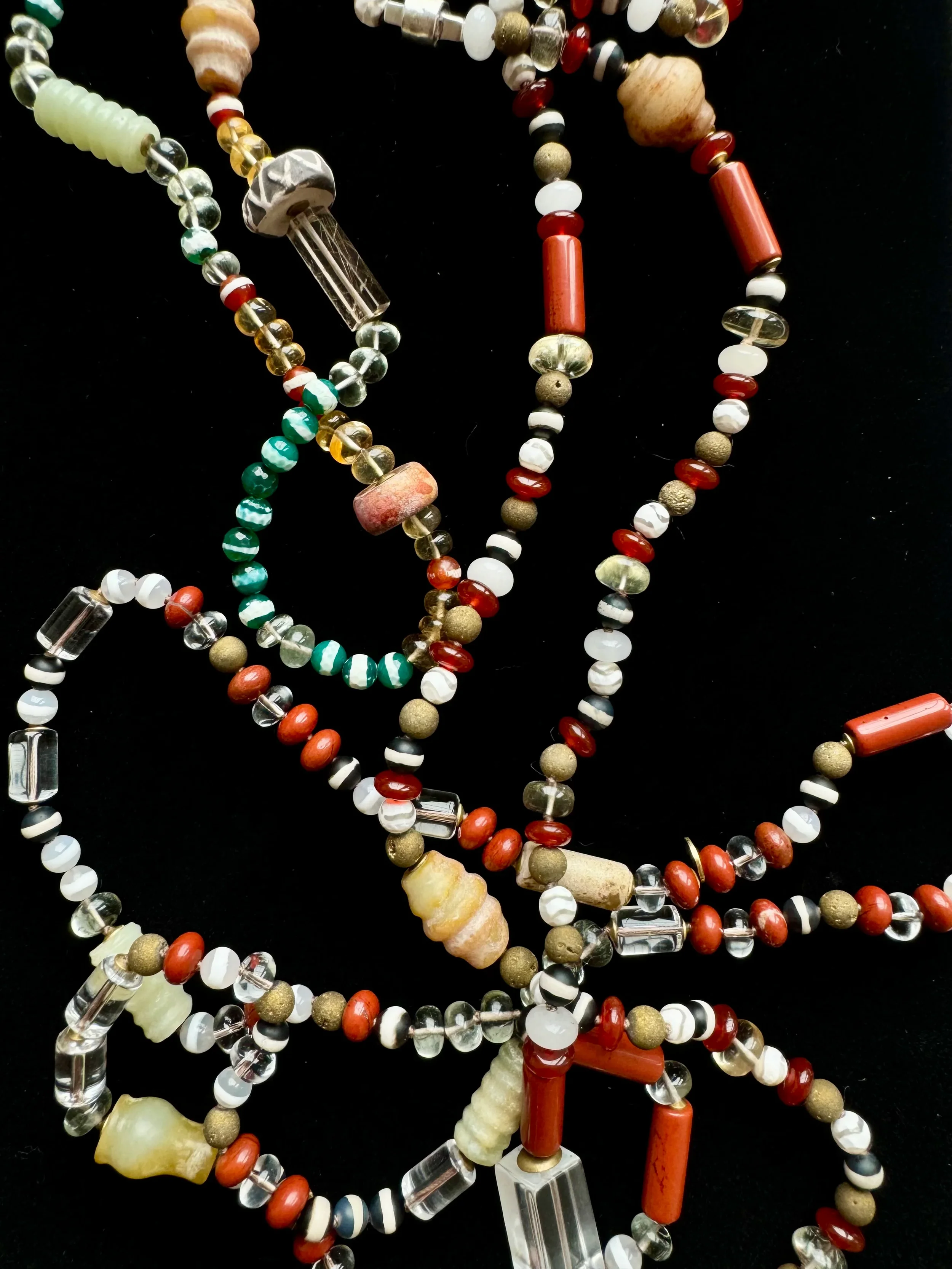




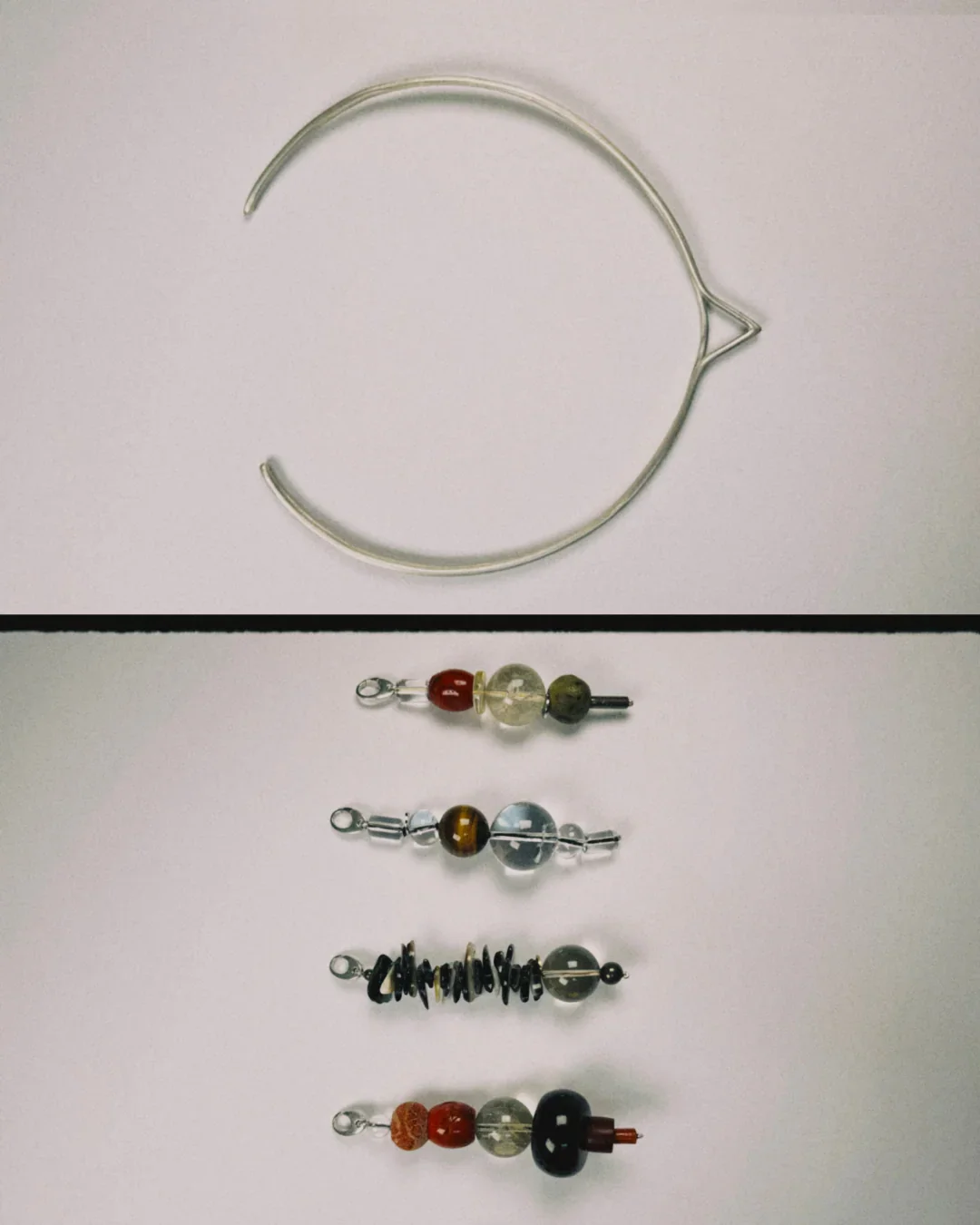
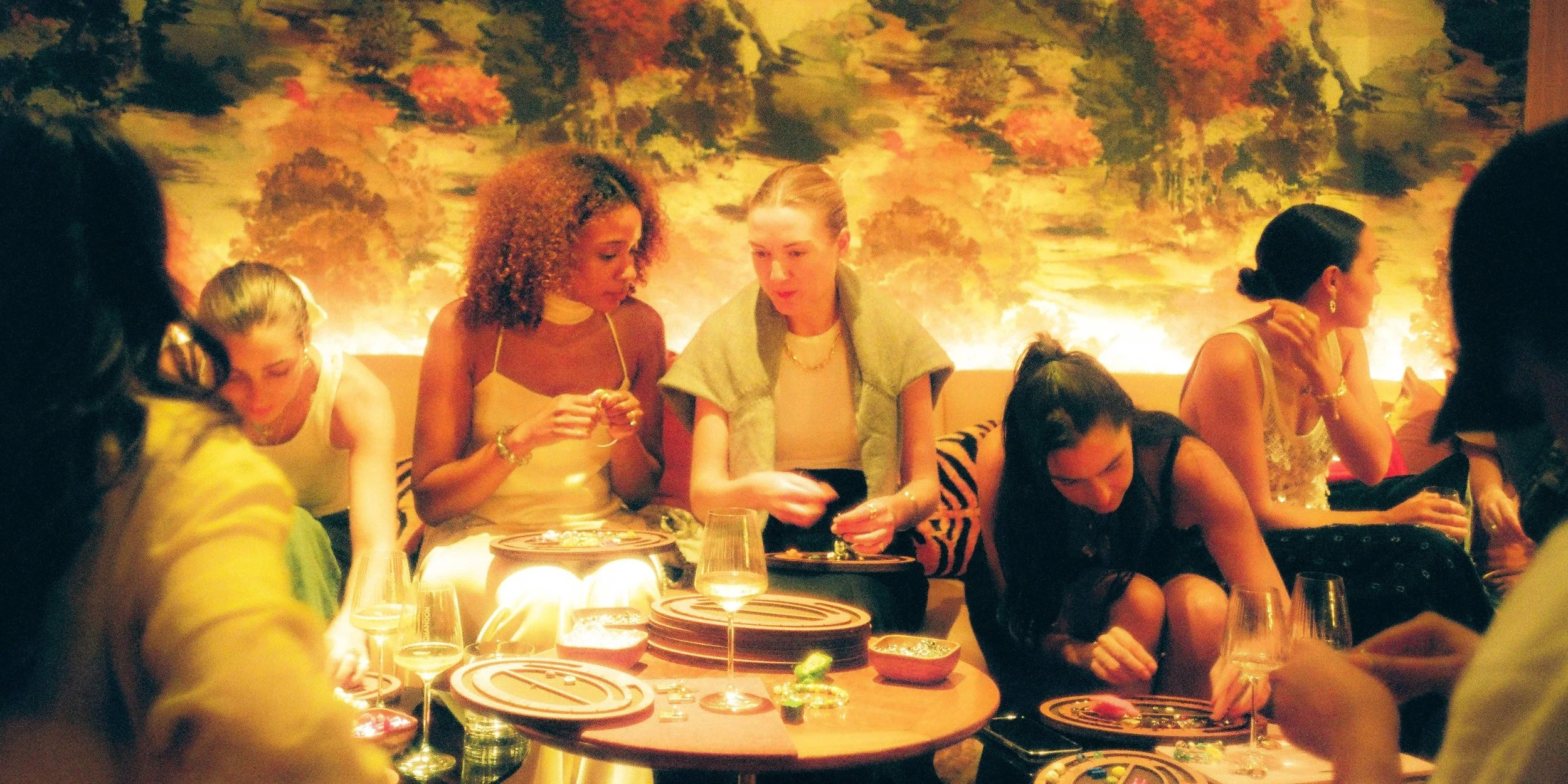
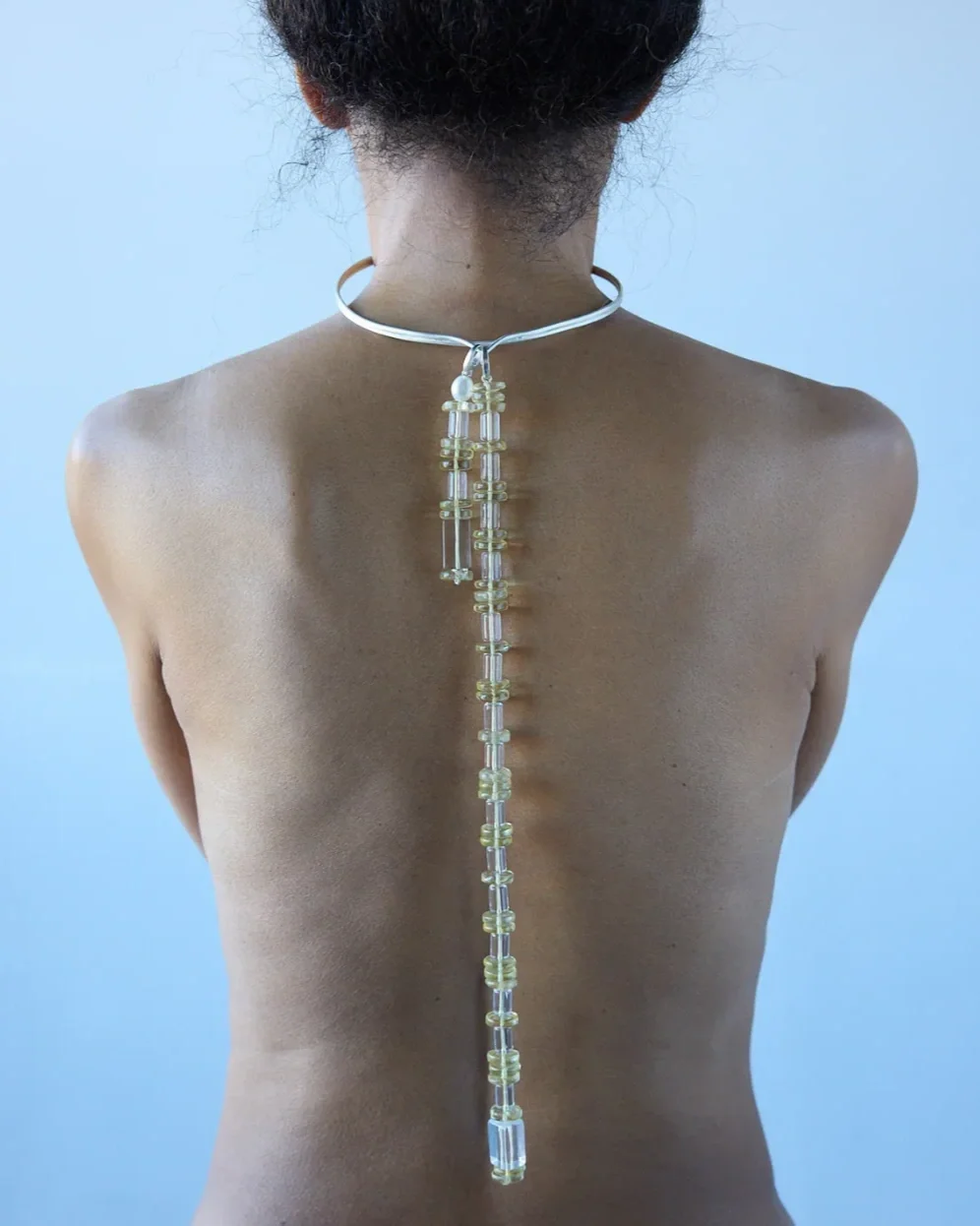
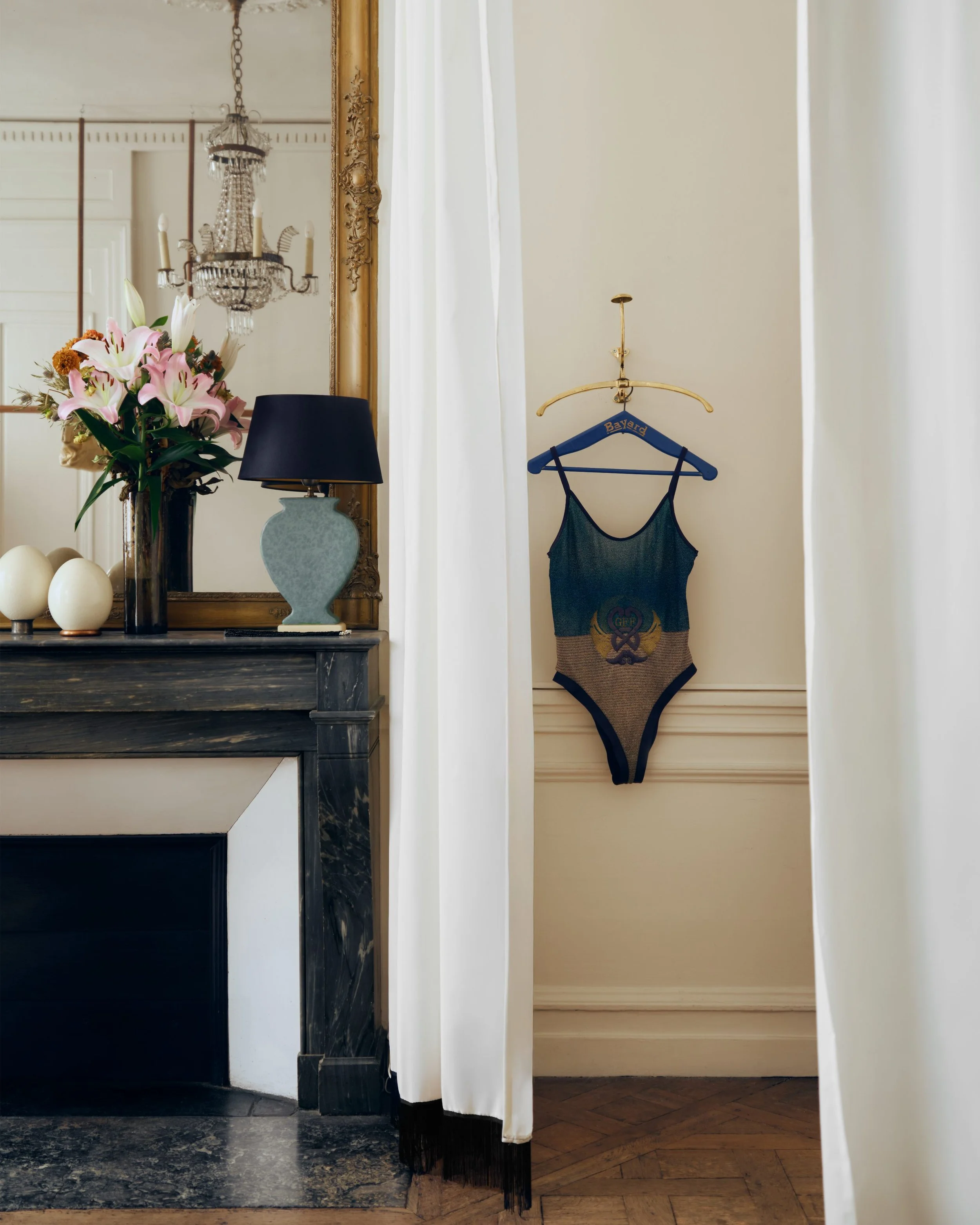



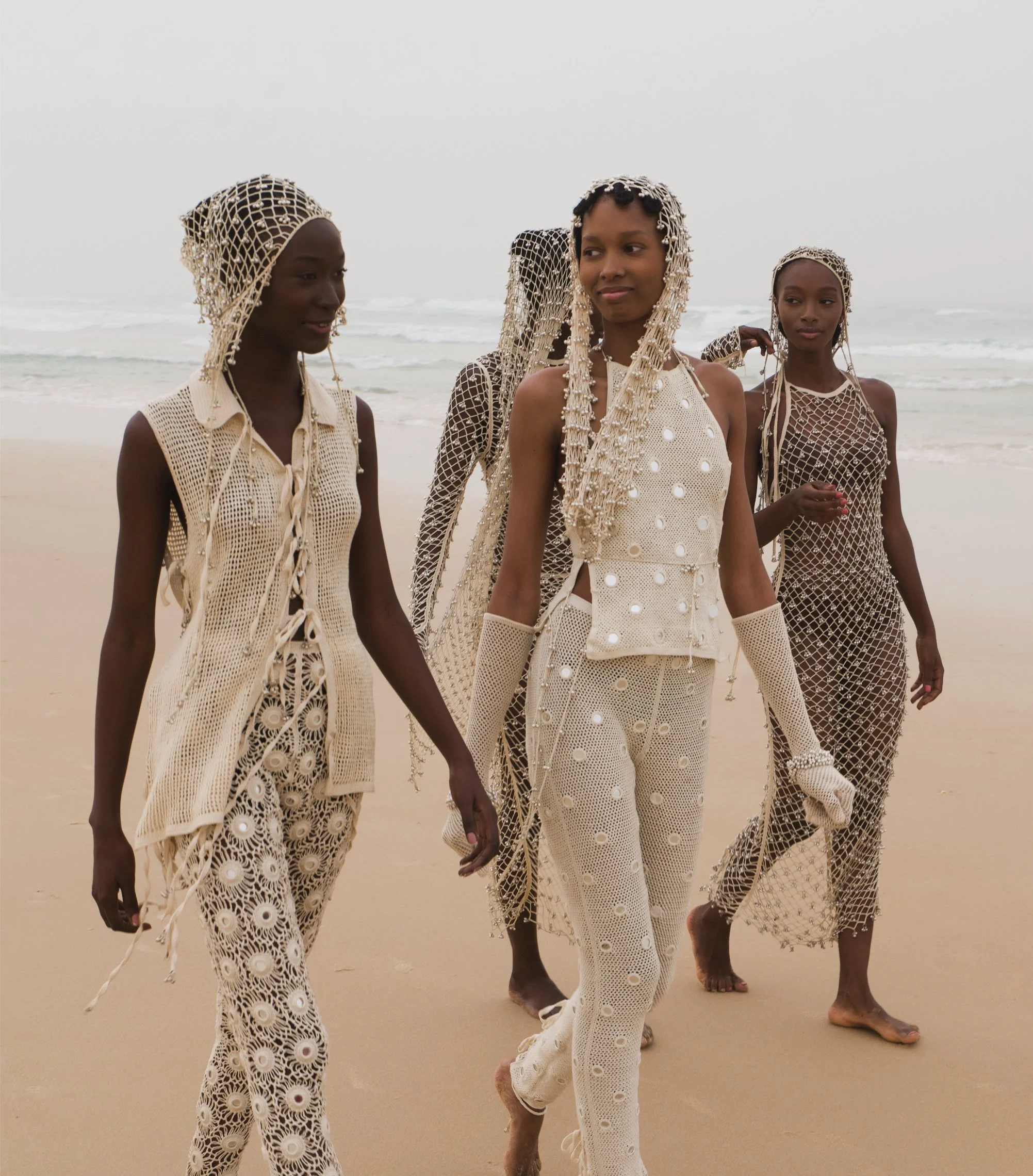


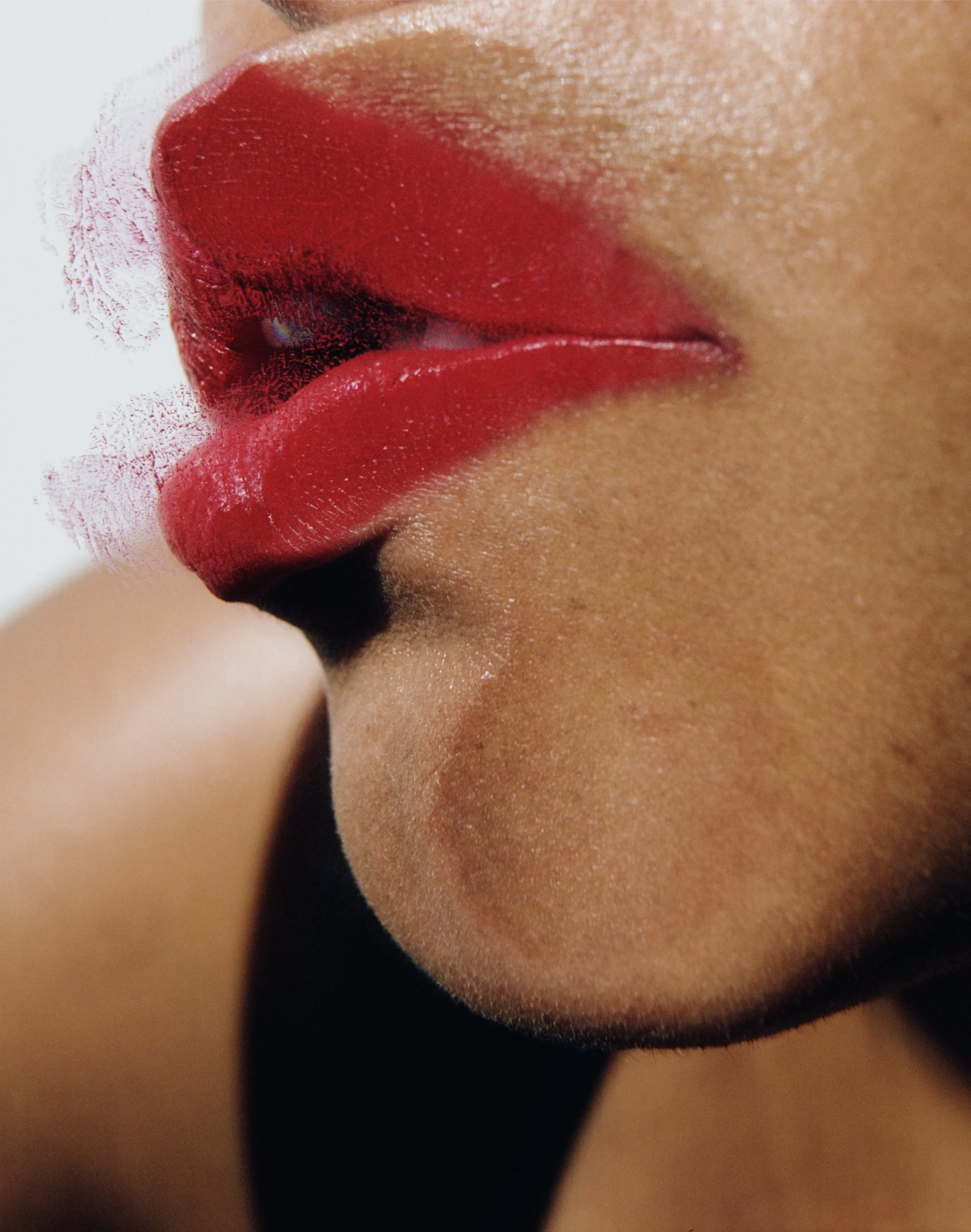
We spoke with founder, Ashley Moubayed about how she turns vintage finds and handcrafted beads into playful, memory-filled creations that celebrate connection and creativity.